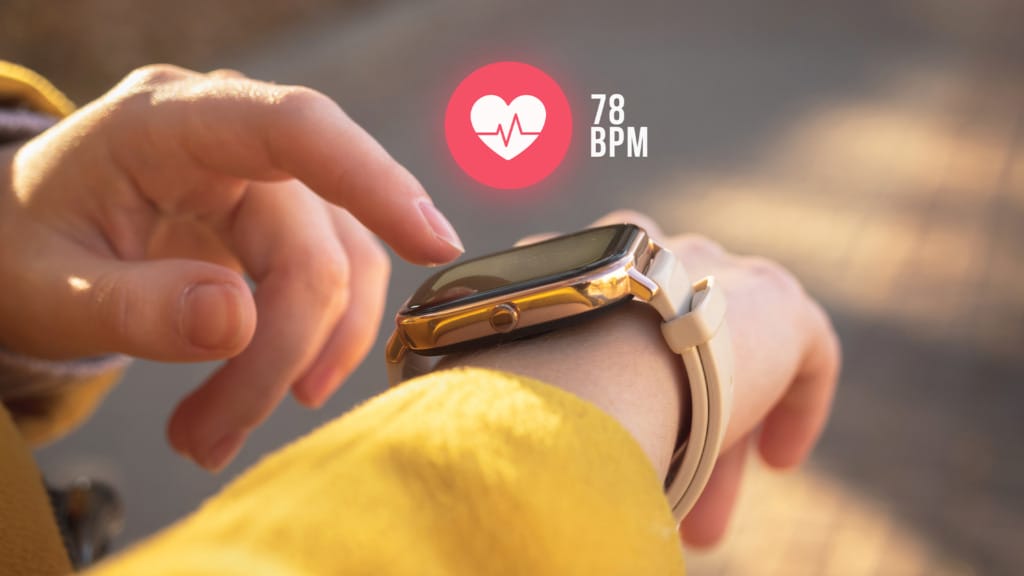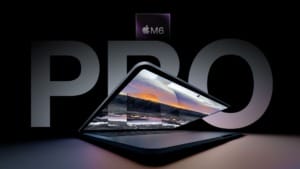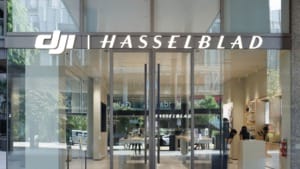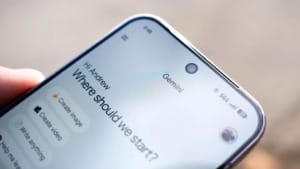What’s happening with wearables and devices in MedTech?
Discover how wearable technologies, equipped with advanced sensors and AI, are transforming healthcare. Learn about their role in monitoring health, managing chronic illnesses, and shifting towards...

The healthcare industry is on the brink of a significant transformation driven by the rise of wearable technologies. These devices, integrating advanced sensors and artificial intelligence (AI), are set to redefine how we approach health and wellness. By 2024, it’s expected that nearly 440 million such devices will be in use worldwide, a testament to their growing importance in both managing chronic illnesses and preventing serious health conditions. This revolution is not just about technology but a fundamental shift in monitoring, understanding, and maintaining our health.
The impact of these wearables is profound. They offer real-time health monitoring, providing immediate insights into one’s physical state. This is especially crucial for chronic conditions like diabetes or heart disease, where consistent monitoring can significantly alter treatment outcomes. The potential of these devices in preventive care is equally significant. By continuously tracking health indicators, wearables can alert individuals to potential health issues before they become critical, facilitating early intervention and potentially saving lives.
This trend also represents a shift in the healthcare paradigm from reactive to proactive care. Wearables enable individuals to take charge of their health, offering tools and data previously only available in clinical settings. As a result, people can make informed decisions about their health and lifestyle, leading to better health outcomes and reduced strain on healthcare systems.
Key trends in wearable medical devices
Continuous biomarker monitoring
One of the most significant advancements in wearables is the ability to monitor vital biomarkers continuously. Recent years have seen considerable progress in non-invasive techniques for tracking key health indicators like blood glucose and blood pressure. These developments are crucial in managing chronic conditions and general health. For instance, wearable glucose monitors have transformed diabetes management by providing constant, pain-free glucose level readings. Similarly, advancements in blood pressure monitoring through wearables offer more consistent and precise data, aiding in better cardiovascular health management.
Holistic health insights
Wearable technology is evolving to provide a comprehensive picture of an individual’s health by tracking multiple biomarkers. This holistic approach is evident in devices that monitor body temperature, hydration levels, and more, offering previously unattainable insights. By aggregating data from various sources, these wearables provide a fuller understanding of one’s health, allowing for more informed healthcare decisions.

Devices like Fitbit smartwatches go beyond basic fitness tracking to monitor menstrual cycles, sleep patterns, and stress levels, providing a holistic view of an individual’s health.
Proactive healthcare
The shift from reactive to proactive healthcare is one of the most significant changes brought about by wearables. Continuous health data monitoring enables individuals to stay informed about their health status and respond to potential issues in real-time. This approach empowers patients and reduces the overall strain on healthcare systems by preventing conditions from worsening. Thus, Wearables are crucial in transforming healthcare into a more preventive and patient-centric model.
For instance, the Apple Watch’s ability to track heart rhythms and notify users of irregularities is an early warning system. This helps detect potentially serious cardiac conditions early and enables users to seek medical advice promptly. Such interventions can prevent the progression of diseases, reduce the need for more invasive treatments, and promote a healthier lifestyle focused on prevention rather than cure.
Home-based monitoring
The rise of telehealth has been a driving force in moving high-quality health monitoring from hospitals to homes. Wearable devices are central to this transition, offering the same level of monitoring that one would receive in a clinical setting. This shift is particularly beneficial for patients who require regular monitoring, as it allows them to receive continuous care without frequent hospital visits. This enhances patient convenience and ensures consistent and comprehensive healthcare management.
Companies like PatientPoint offer remote patient monitoring technologies, enabling medical staff to track key patient metrics and adjust treatment plans accordingly, especially for preventative cardiac care.
AI integration
AI is revolutionising how health data from wearables is interpreted, leading to smarter healthcare solutions. By analysing vast amounts of data, AI algorithms provide personalised health insights and predictive analytics. This technology is particularly effective in early disease detection and offering tailored health recommendations. Integrating AI in wearables is thus a significant step towards more efficient and effective healthcare delivery. One good example of a company that does this is KardiaMobile by AliveCor, which offers an ECG device that pairs with smartphones to track heart activity, thereby aiding in the screening and diagnosing heart-related issues. The company landed FDA clearance in 2020 for its new suite of interpretive ECG algorithms, dubbed the Kardia AI V2. They claimed that Kardia AI V2 is the most sophisticated AI ever brought to personal ECG, offering a suite of algorithms and visualisations.
The role of wearables in telemedicine
The surge in the use of wearable technology in telemedicine has become increasingly evident, particularly following the global pandemic, COVID-19. Consulting a General Practitioner (GP) via video call offers a convenient, efficient, and often more accessible way for patients to connect with their doctors for health advice, diagnoses, and follow-up consultations. This method is particularly beneficial for routine check-ups, discussing symptoms, managing chronic conditions, or getting prescriptions. It reduces the need for physical visits, crucial for those with mobility issues in remote locations or for minimising exposure during health crises like pandemics. However, it’s important to note that video consultations may not be suitable for emergencies or conditions that require a physical examination or immediate medical intervention.
Wearables like smartwatches and fitness trackers can provide real-time health data during a video consultation, enhancing the quality of the telemedicine experience. For example, a patient can share data tracked by their wearable device, such as heart rate, blood pressure, or oxygen saturation levels, with the GP during the call. This information can aid the GP in making more informed decisions, better understand the patient’s condition, and offer personalised advice. This integration of wearables and telemedicine represents a more holistic approach to remote healthcare.

Smartwatches, equipped with sensors for blood oxygen saturation, have played a crucial role in monitoring health during the COVID-19 crisis, alerting users to life-threatening symptoms. This technology has been instrumental in continuous health monitoring, especially for managing chronic diseases remotely.
Advancements in sensors and AI have also led to the rapid consumer adoption of smartwatches and smart patches. These devices have evolved from mere fitness trackers to sophisticated health monitoring tools, offering insights into various health metrics like heart rate variability, stress levels, and blood pressure. However, the integration of wearable technology data into healthcare systems faces significant challenges. Many healthcare providers need to be faster to adopt these technologies, partly due to data utility and accuracy concerns. Some physicians still need to be convinced about the reliability of data from consumer wearables for critical health conditions.
Additionally, data privacy and cybersecurity pose significant challenges in using wearables for telemedicine. As users become more willing to share health data, the risk of data breaches and privacy violations increases. Cybersecurity threats are significant challenges that must be addressed to ensure the safe and secure use of wearable technologies in healthcare. Despite these challenges, wearables continue to transform telemedicine, offering new possibilities for remote health monitoring and management of chronic diseases.
Moving forward
The future of wearable technology in healthcare is characterised by a dynamic and progressive landscape, where each new innovation opens up novel possibilities for patient care and medical management. Advancements in AI-driven analytics and the development of smart patches are at the forefront of this transformation. These technologies are personalising healthcare and making it more accessible and efficient. Their ability to provide real-time health data and insights revolutionises patient monitoring and disease management, leading to more proactive and preventative healthcare strategies.
As wearable technologies evolve, they are set to reshape the healthcare sector fundamentally. Integrating sophisticated AI algorithms with user-friendly wearable devices creates a new era of medical care where patient empowerment and data-driven decision-making are paramount. These advancements promise to improve patient outcomes, streamline healthcare delivery, and offer enhanced care solutions tailored to individual health needs. The future of wearables in healthcare is thus a promising journey towards more innovative, effective, and patient-centered care.













